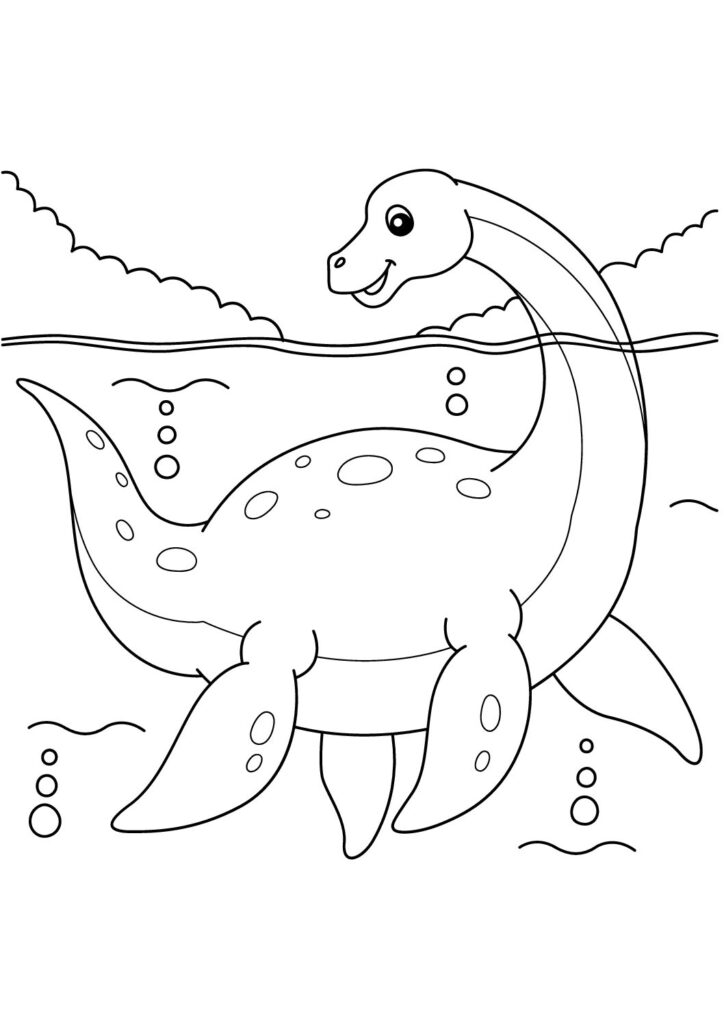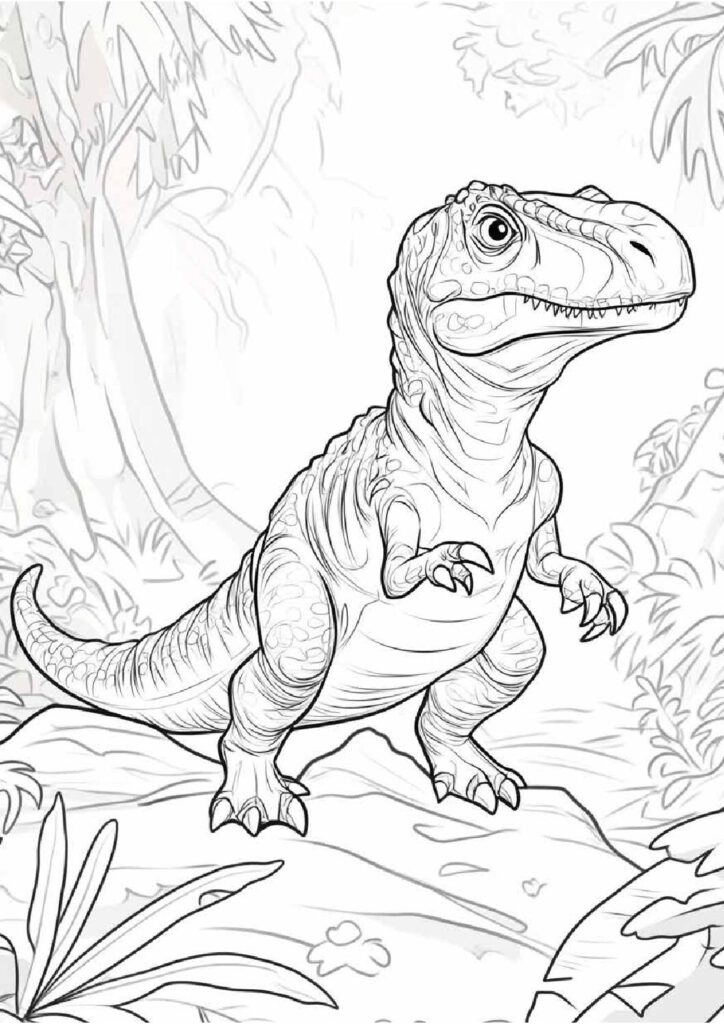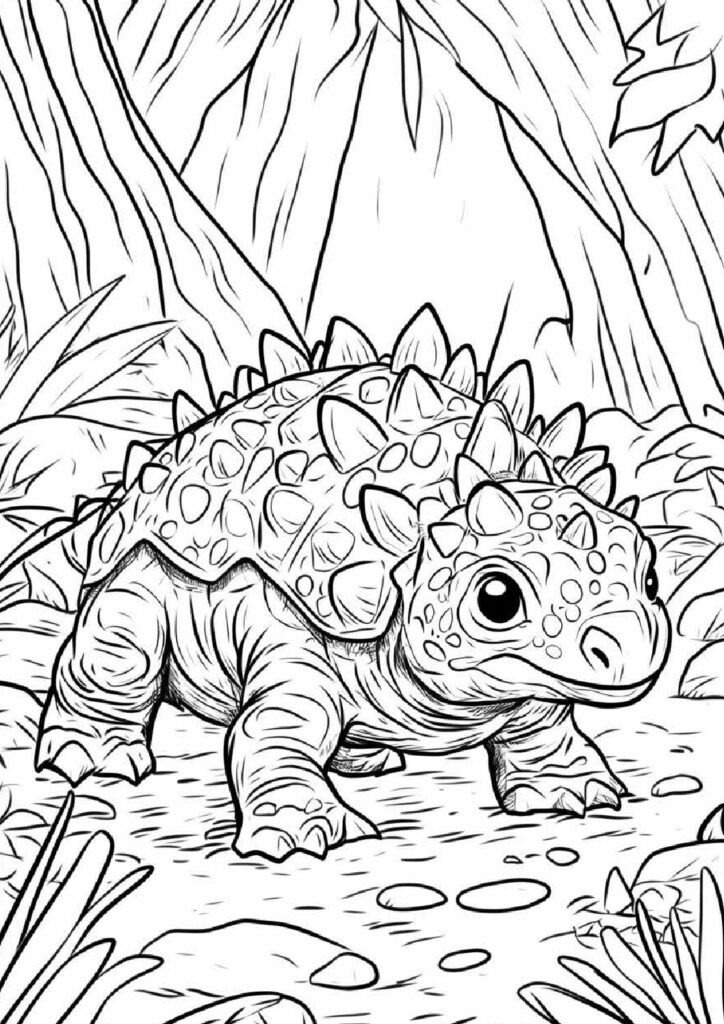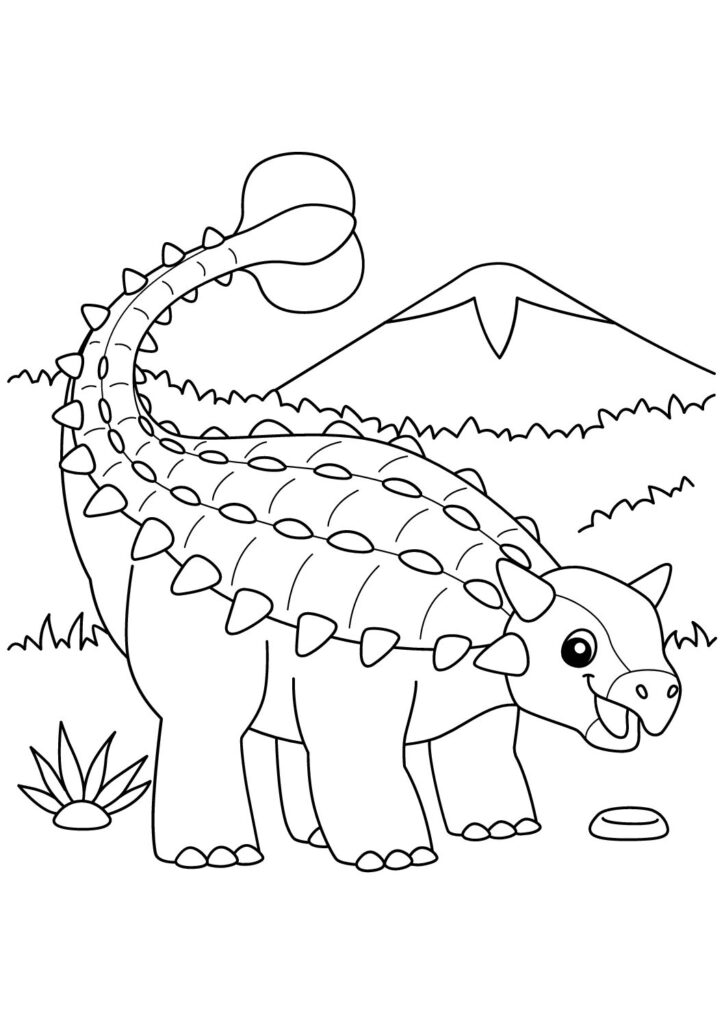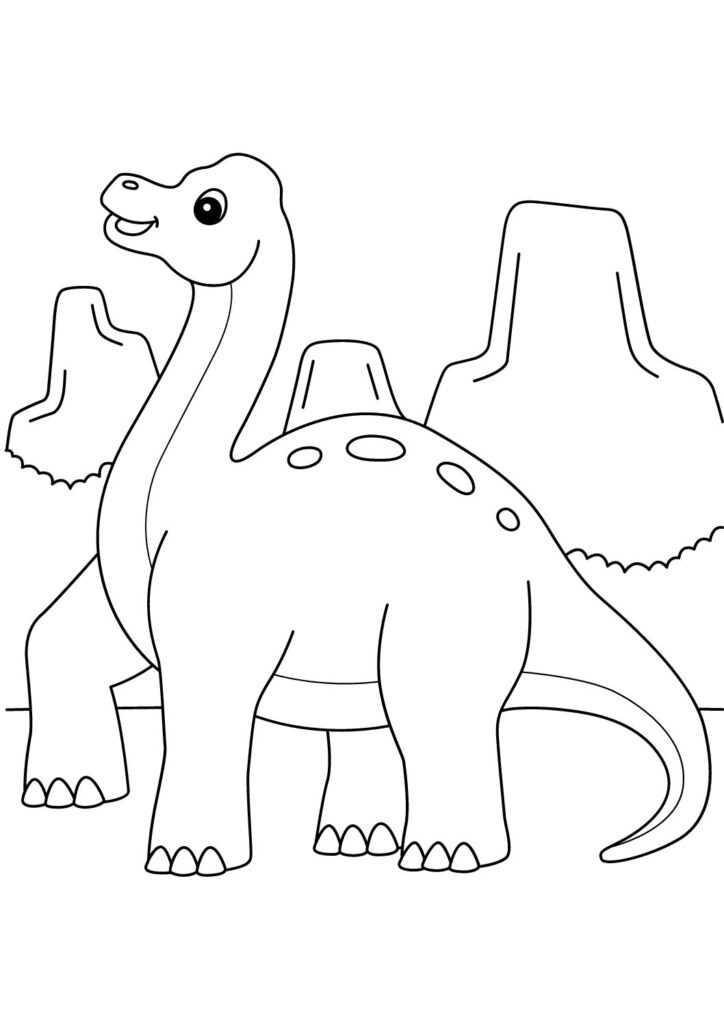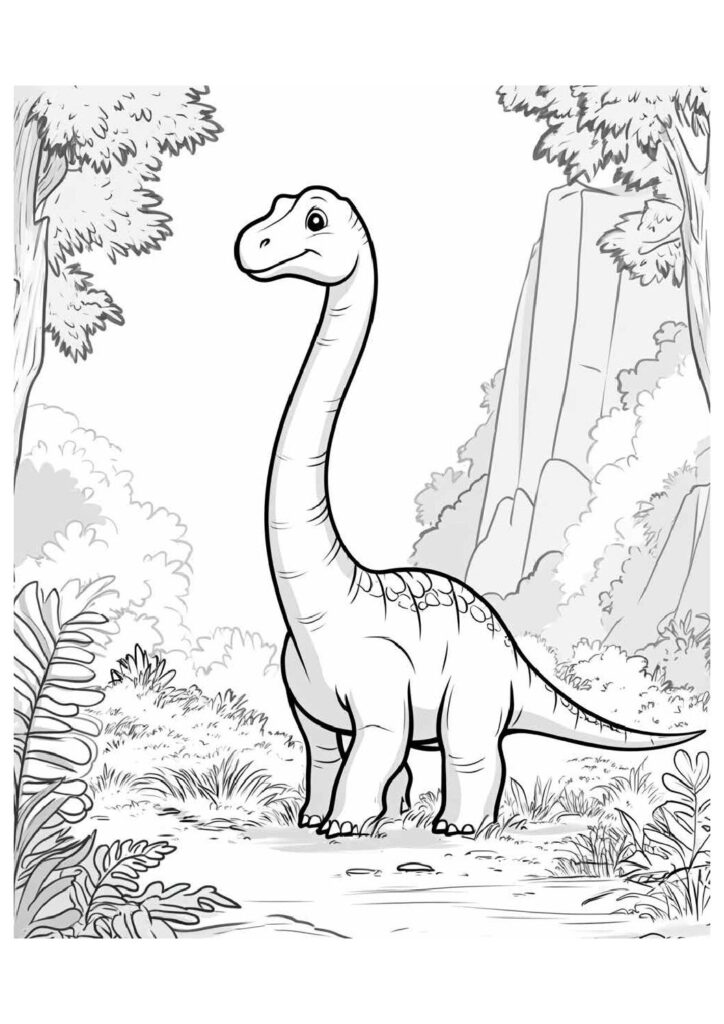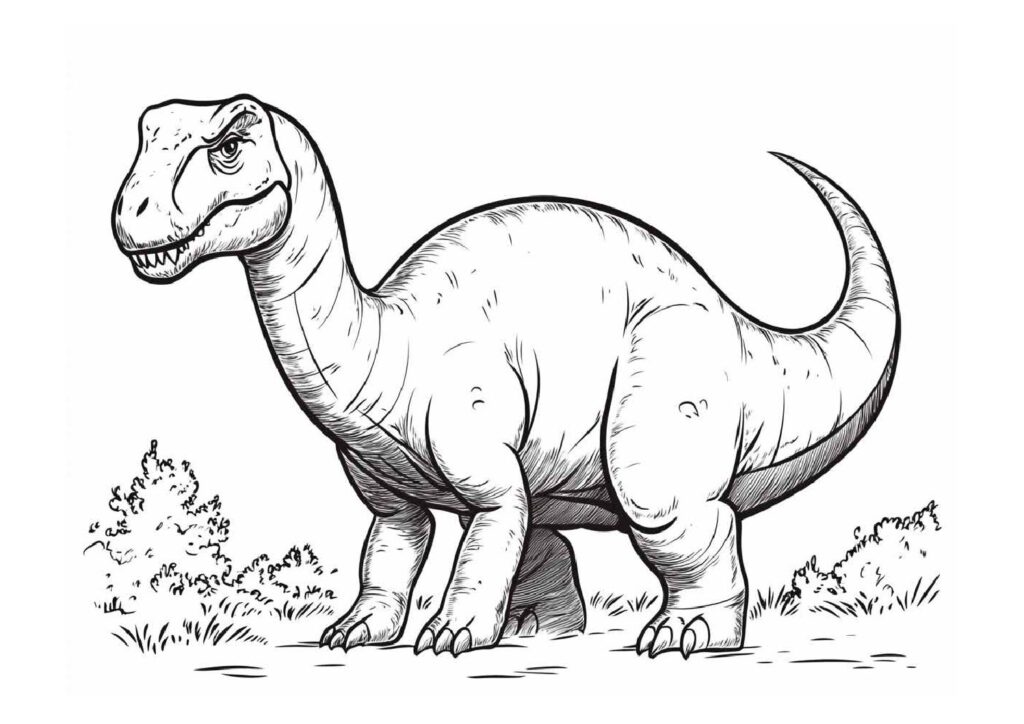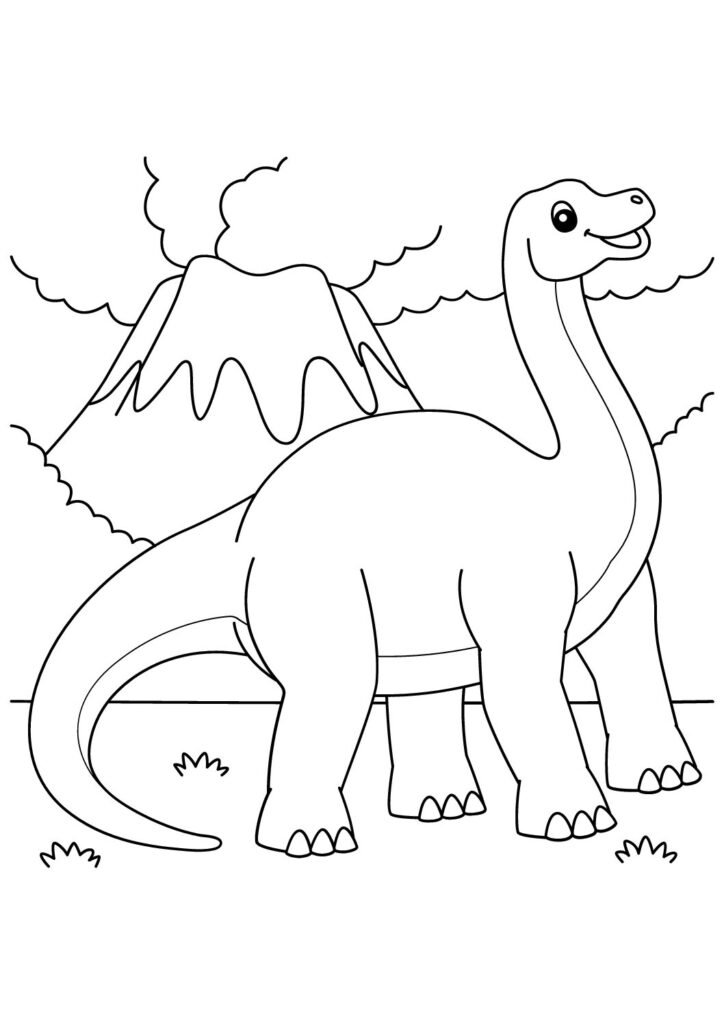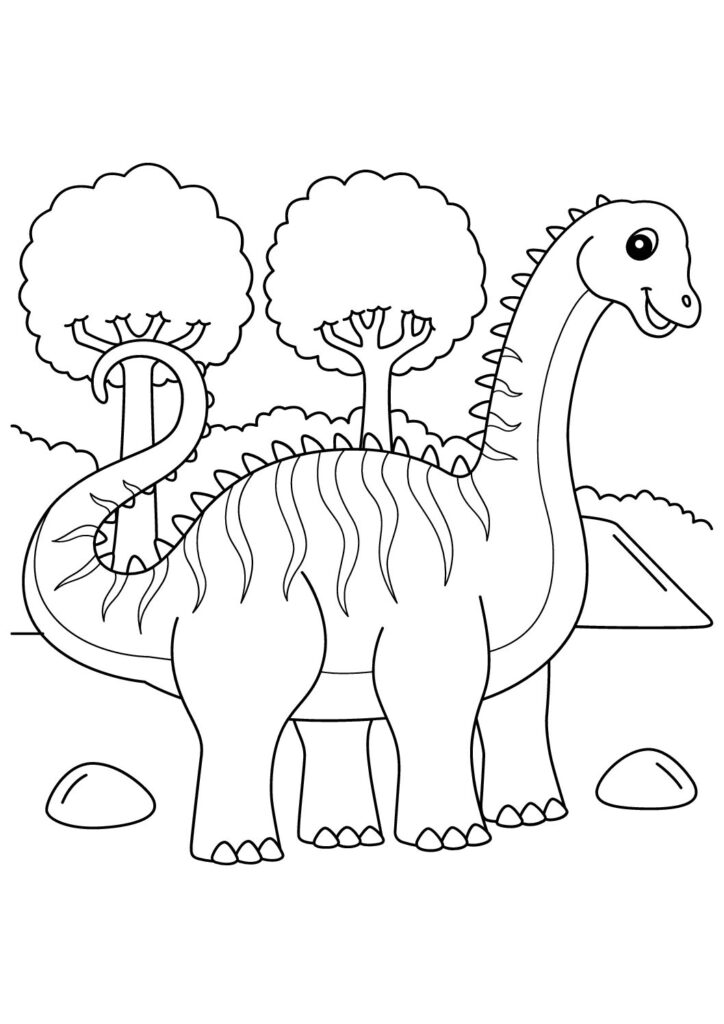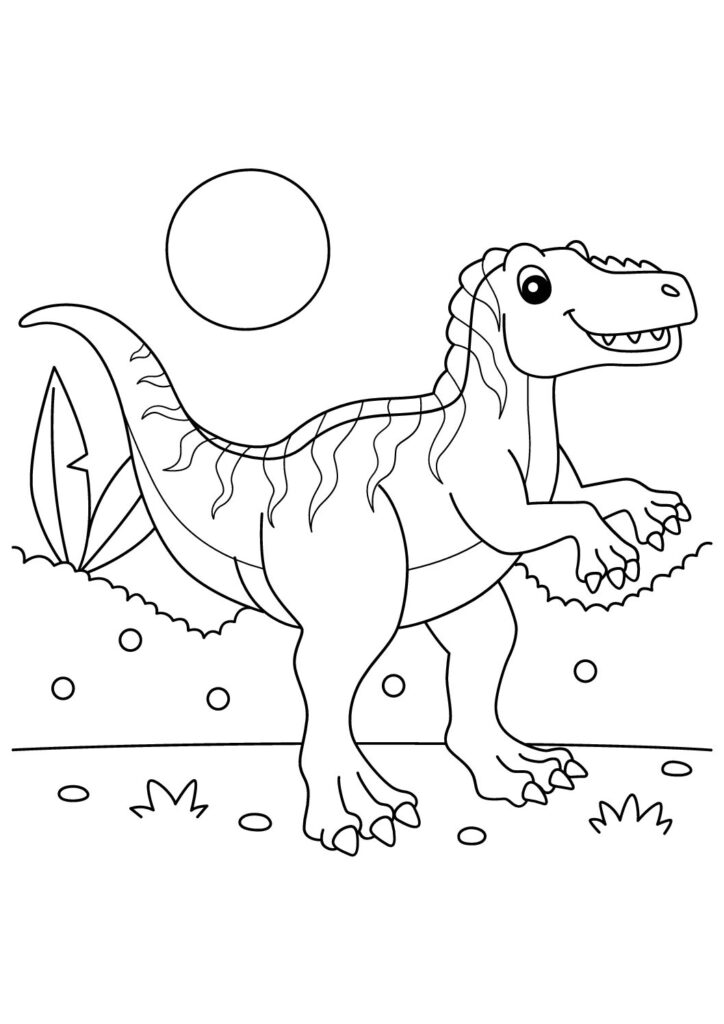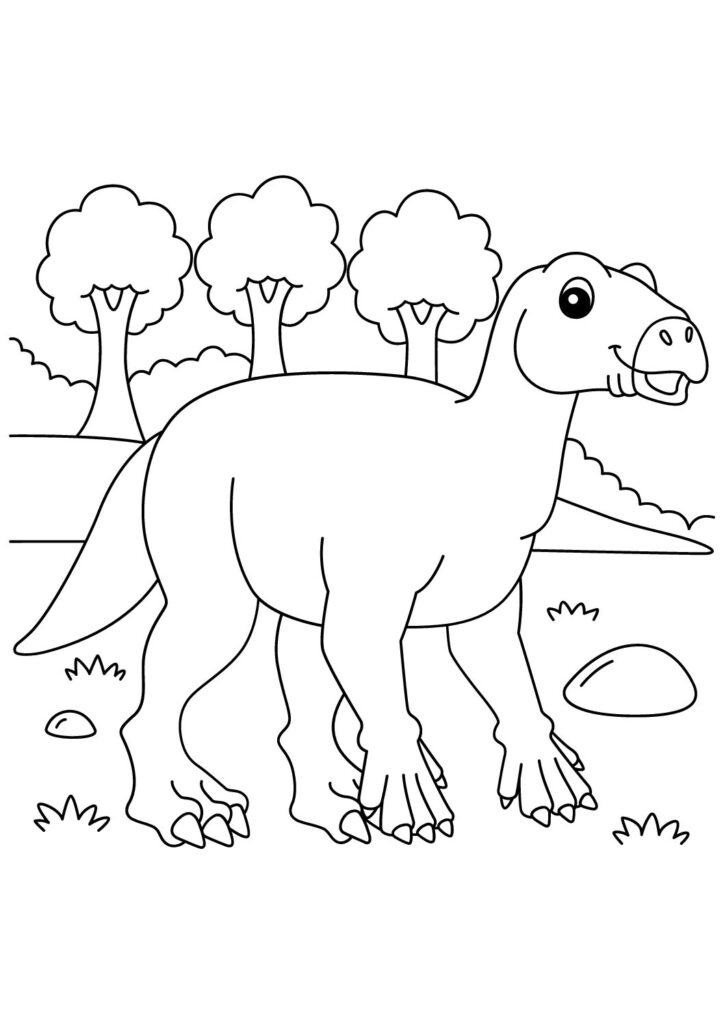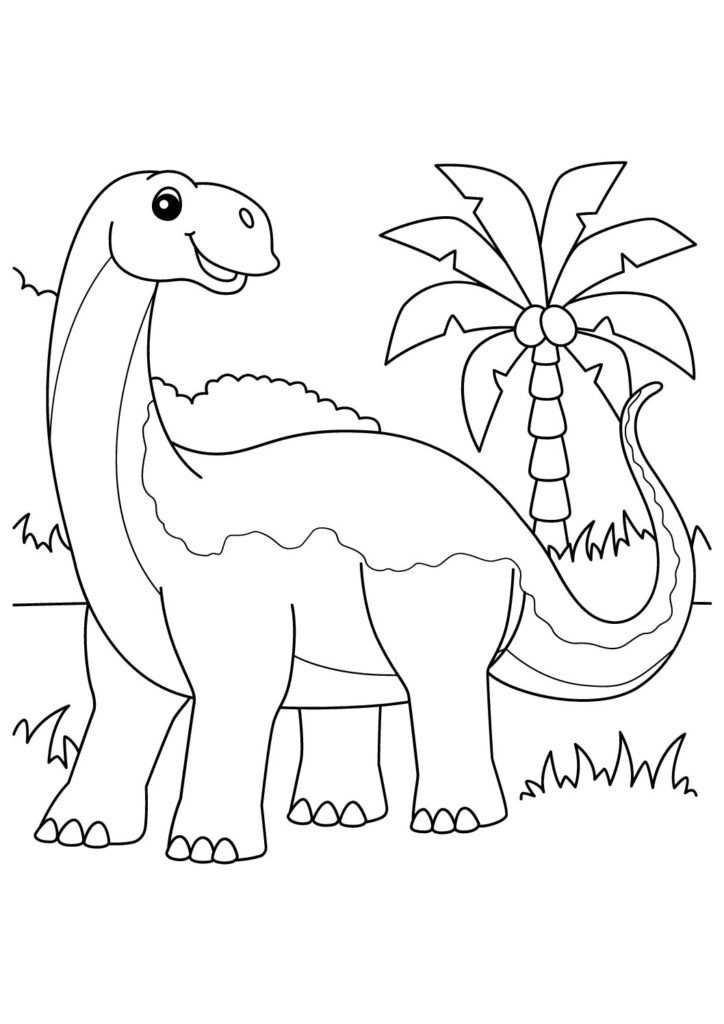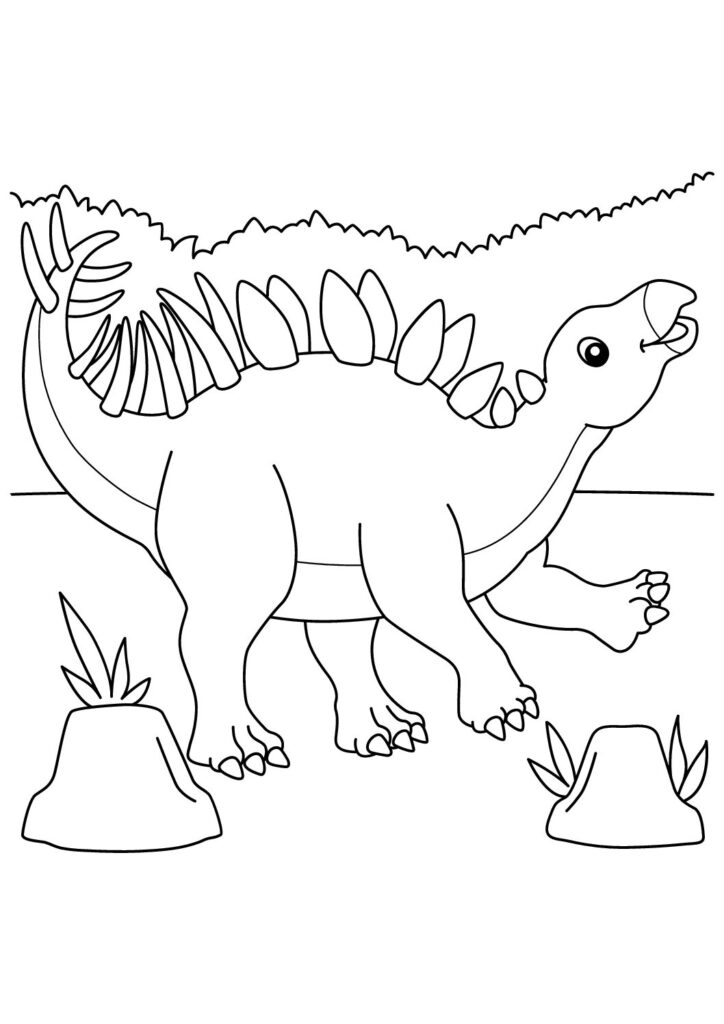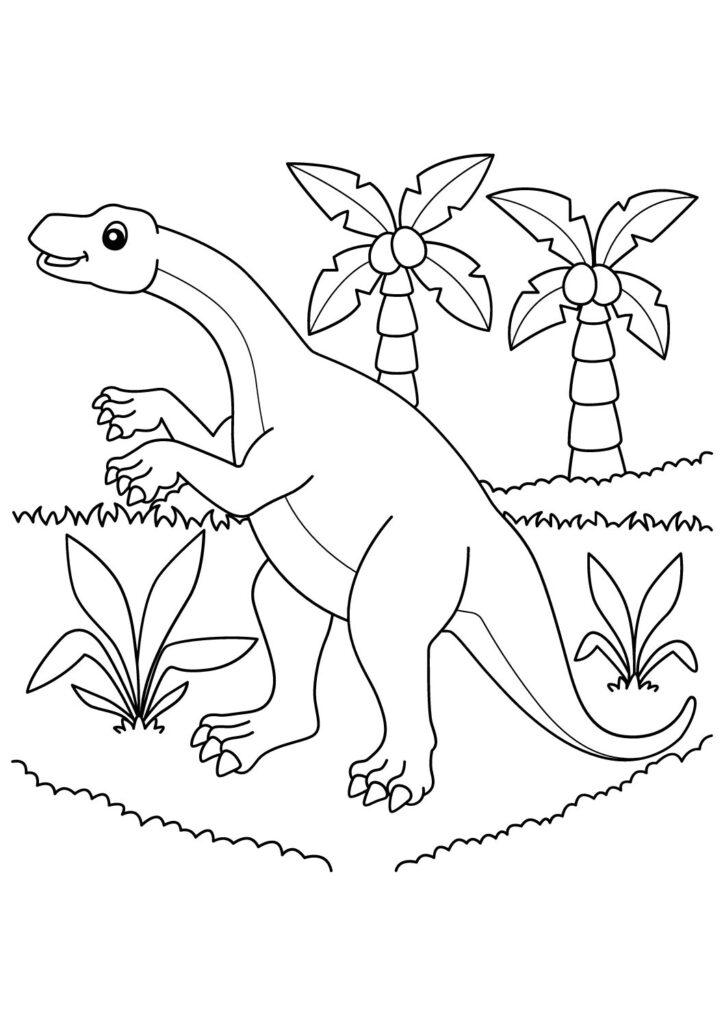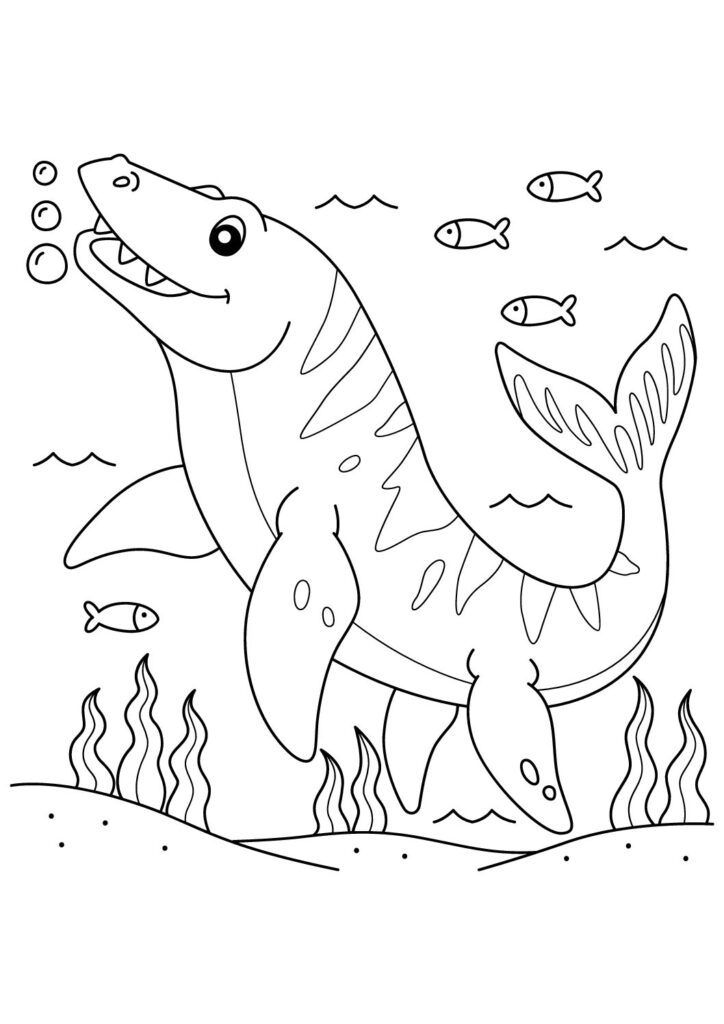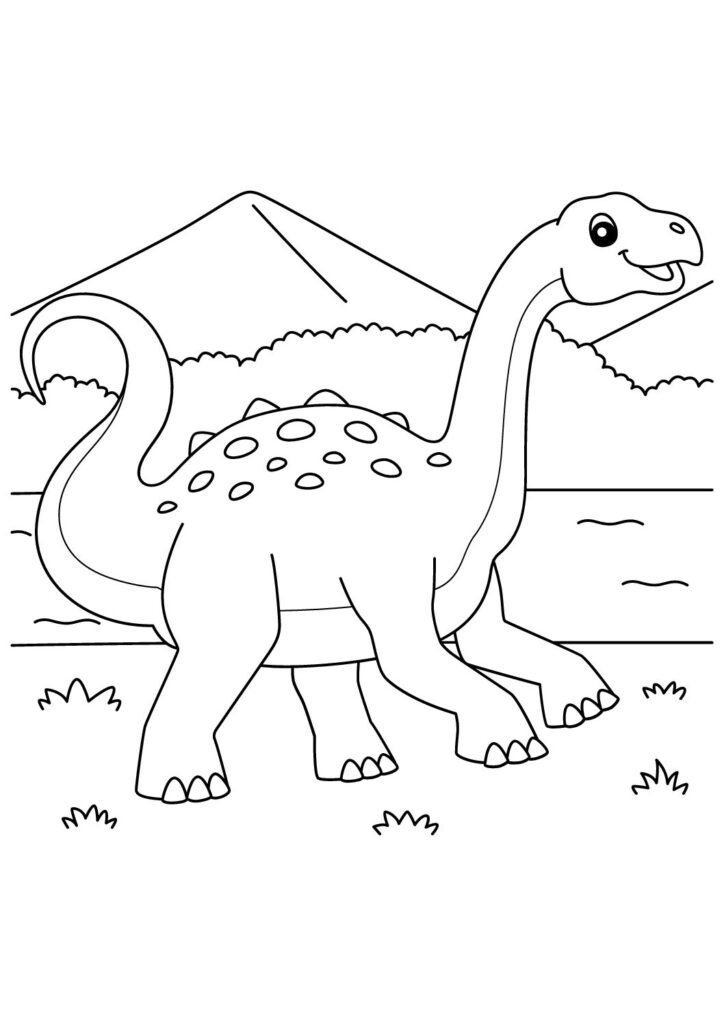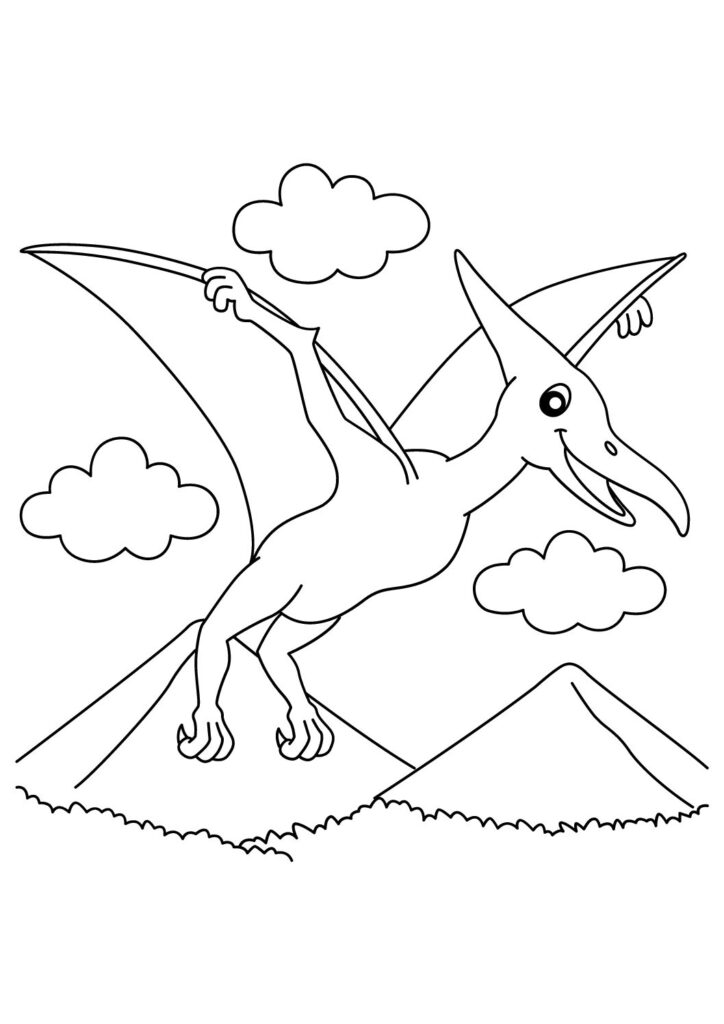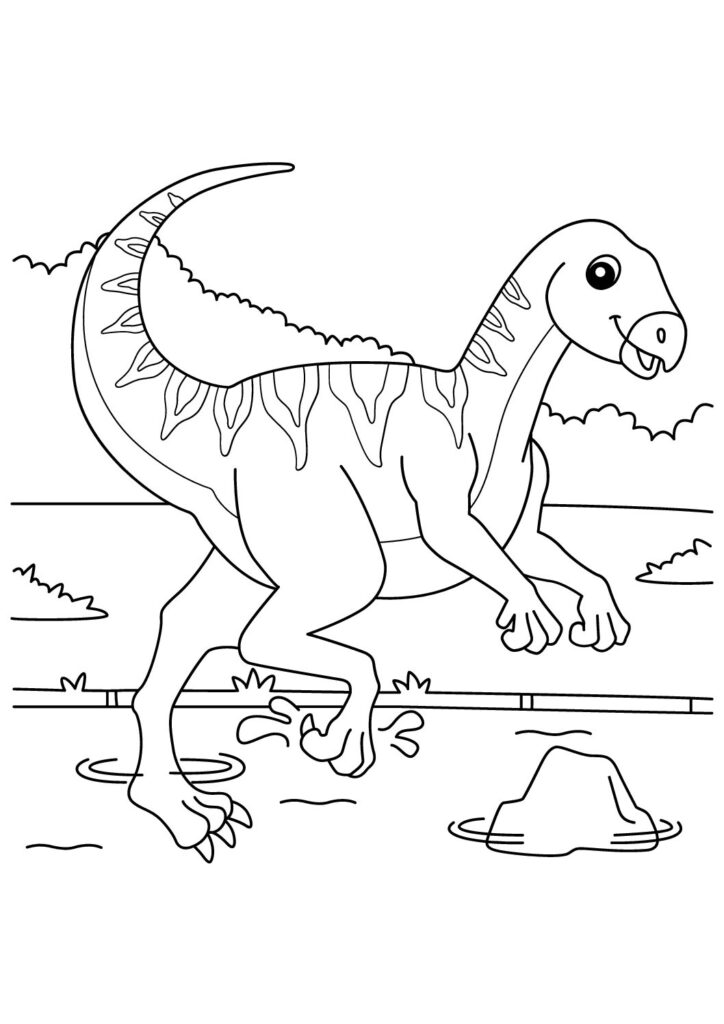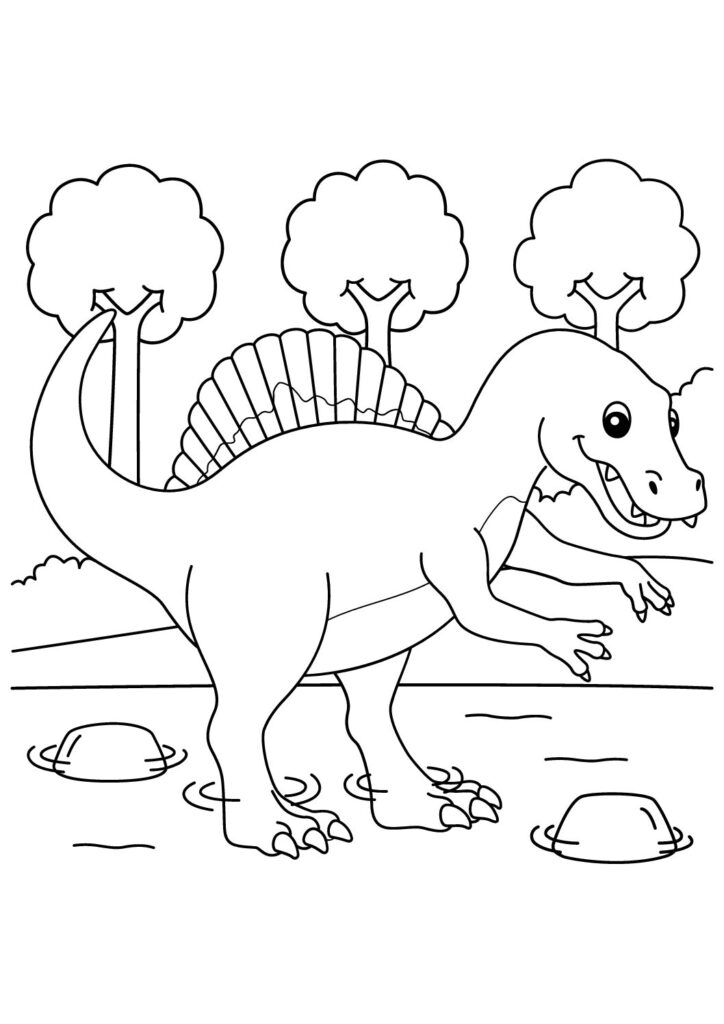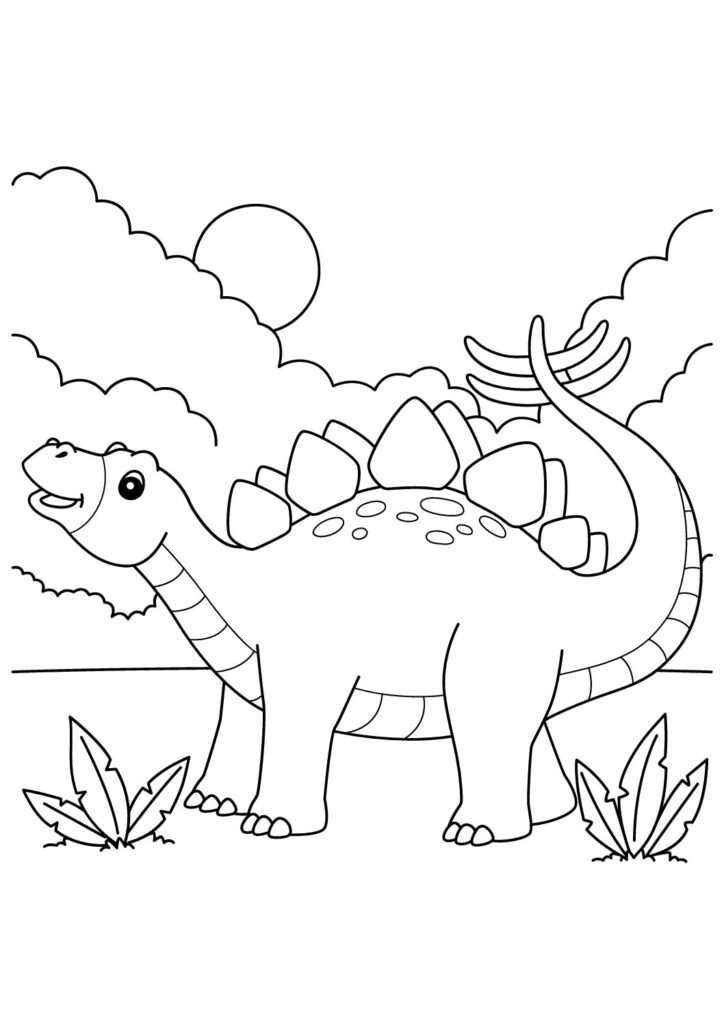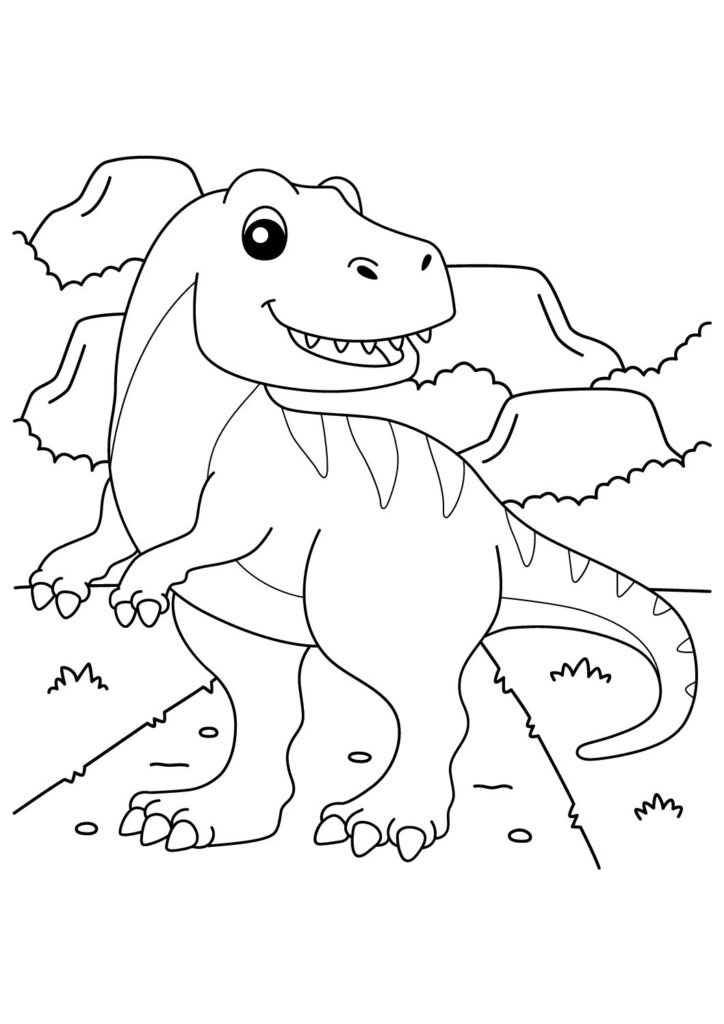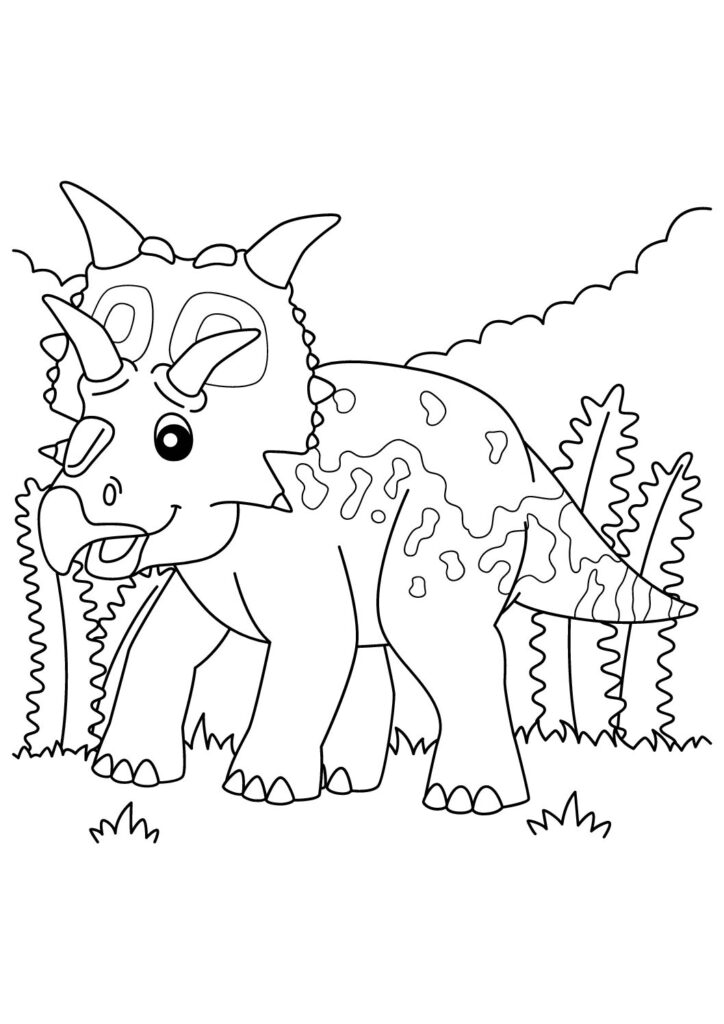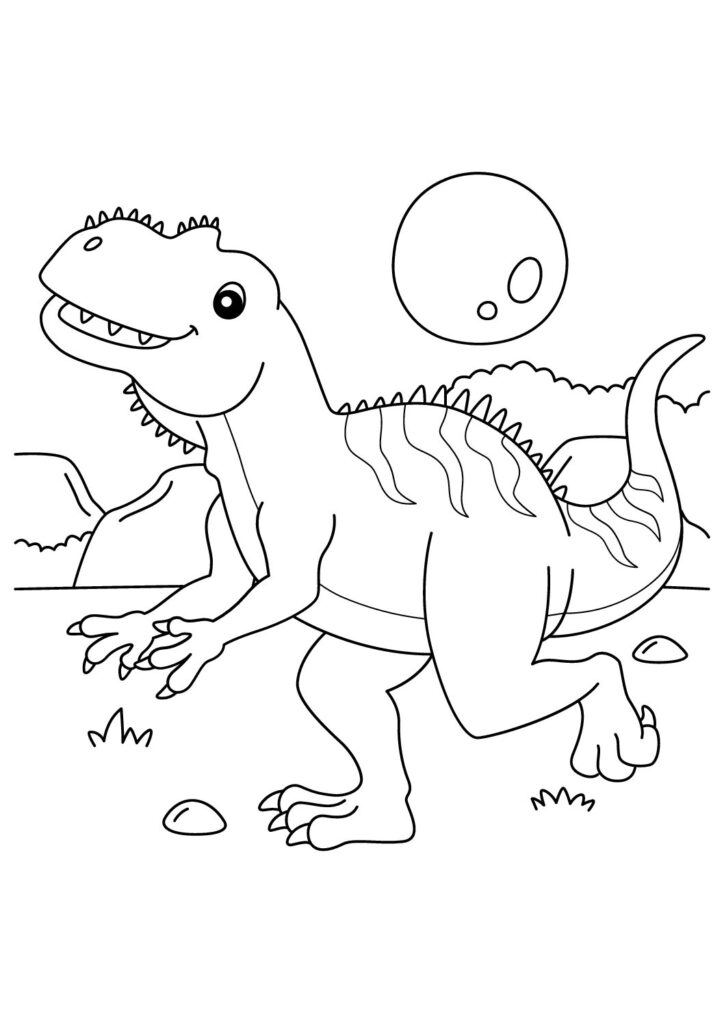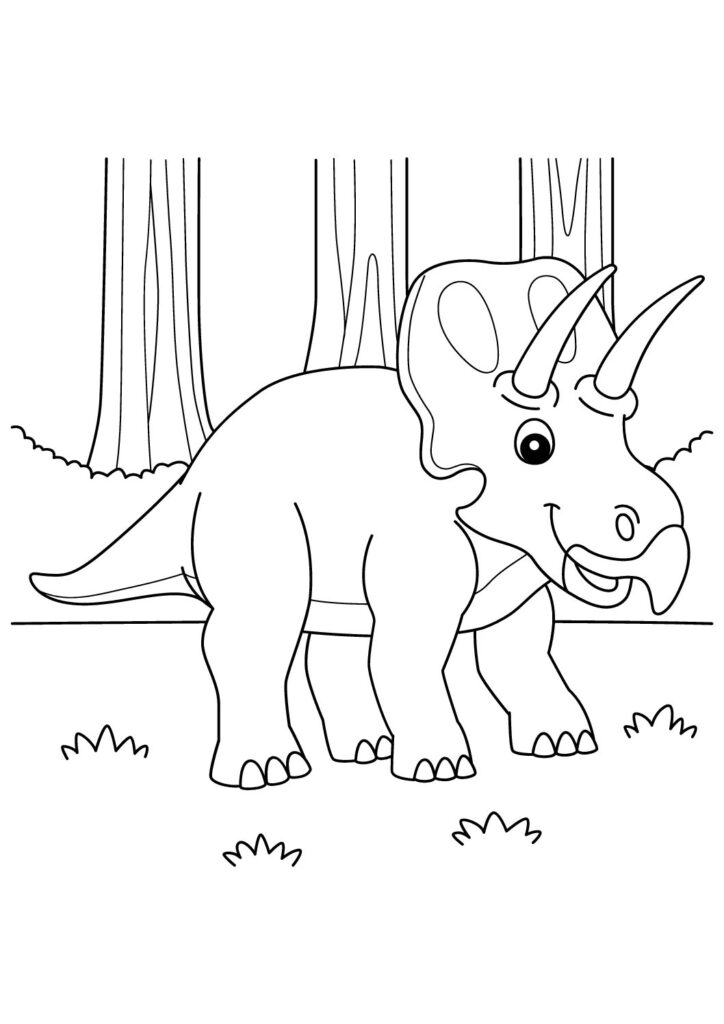1 Free Plesiosaurus Coloring Pages for Download (Printable PDF)

Glide into our free printable collection of Plesiosaurus coloring pages featuring these graceful marine reptiles in their elegant swimming poses! Download these high-quality sheets showcasing these ancient sea creatures with their long snake-like necks, streamlined bodies, and paddle-like flippers displaying their remarkable aquatic adaptations. Perfect for kids and prehistoric enthusiasts, these detailed marine coloring pages capture the gentle nature of these swimming creatures known for their unique body shape in the ancient seas. Each printable sheet brings these amazing Jurassic swimmers to life, highlighting their slender necks, smooth bodies, and flowing underwater movements!
Fascinating Plesiosaurus Facts: The Complete Guide to These Remarkable Marine Reptiles
Introduction
Plesiosaurus represents one of the most distinctive and recognizable marine reptiles that ever inhabited Earth’s oceans, thriving during the early Jurassic period approximately 200-175 million years ago. These remarkable creatures, whose name means “near lizard” or “almost lizard,” featured an extraordinary body plan combining turtle-like bodies with extraordinarily long necks and small heads that has captivated scientific and public imagination since their first discovery in the early 19th century.
Unique Body Structure
Plesiosaurus possessed one of nature’s most unusual body designs, featuring a broad, flattened body with four powerful paddle-like limbs, an exceptionally long neck containing 30-40 vertebrae, and a relatively small head. This distinctive morphology has no exact modern equivalent, making them particularly fascinating to paleontologists studying the diverse evolutionary adaptations of marine vertebrates throughout Earth’s history.
Locomotion Innovations
Unlike other marine reptiles that used lateral undulation (side-to-side movement) of their tails for propulsion, Plesiosaurus employed a unique “underwater flight” swimming method. Their four powerful flippers generated lift and thrust similar to bird wings, allowing them to “fly” through water with surprising agility despite their seemingly awkward proportions, representing a completely different evolutionary solution to marine locomotion than other aquatic vertebrates.
Hunting Strategy
Plesiosaurus likely employed its extraordinary neck length as a specialized hunting adaptation, potentially allowing it to approach prey stealthily by keeping its larger body at a distance. Their sharp, interlocking teeth suggest they primarily consumed fish and cephalopods, potentially using quick sideways head movements to capture prey that didn’t detect their body approaching from a distance—a hunting strategy without exact modern analogues.
Scientific History
Mary Anning, one of history’s most important female scientists despite living in an era when women were largely excluded from scientific pursuits, discovered the first complete Plesiosaurus skeleton in 1823 along England’s Jurassic Coast. This groundbreaking find provided crucial evidence of extinct species during the early development of paleontology as a scientific discipline, helping establish the concept that Earth had been inhabited by creatures dramatically different from modern animals.
Evolutionary Context
Plesiosaurus belongs to a diverse group of marine reptiles called plesiosaurs that evolved from terrestrial ancestors and returned to the oceans, similar to how whales evolved from land-dwelling mammals millions of years later. This remarkable group included both long-necked forms (plesiosauromorphs) and short-necked forms with massive heads (pliosauromorphs), demonstrating how a single evolutionary lineage could diversify into dramatically different morphological specializations within marine ecosystems.
Popular Misconceptions
Despite frequent portrayal as “sea serpents” or “marine dinosaurs,” Plesiosaurus were neither serpents nor dinosaurs but represented a completely separate reptile lineage that evolved to exploit marine environments. While they lived alongside dinosaurs chronologically, they were no more closely related to Tyrannosaurus or Stegosaurus than modern lizards are, illustrating how distinct evolutionary lineages can simultaneously occupy different ecological niches during the same geological periods.
